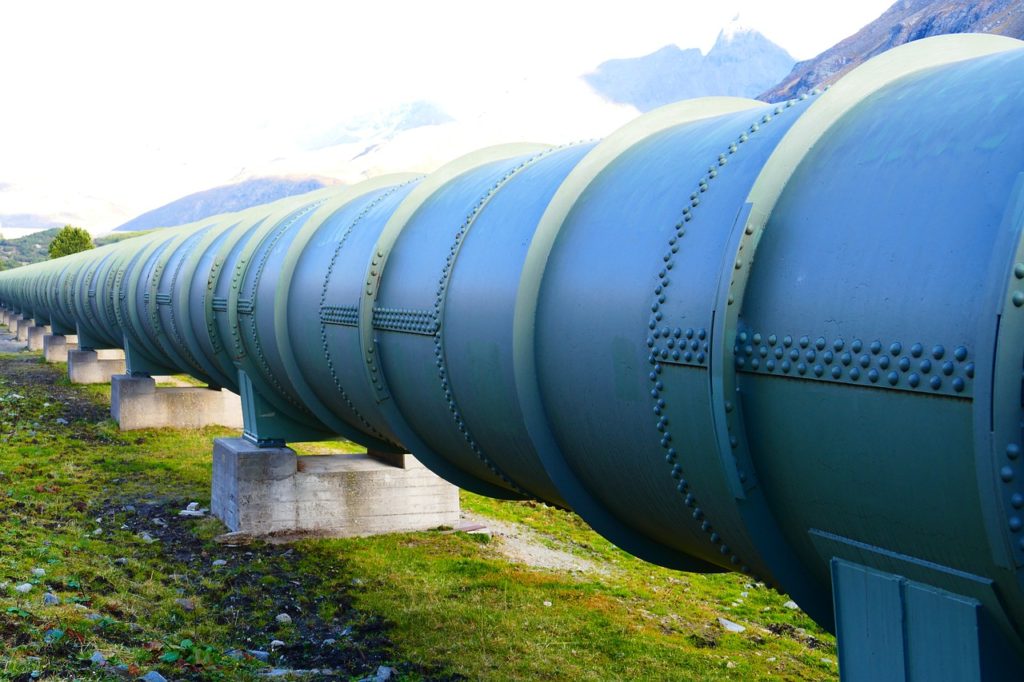Cover photo by LoggaWiggler from Pixabay
Today’s Focus of Attention is reader-supported. We sometimes include products we think are useful for our readers. If you buy through links on this page, we may earn a small commission.
The world is speeding up its efforts to reach net zero emissions by 2050. Tens of hydrogen-production projects worldwide serve as indicators of this energy transition.
For instance, Middle Eastern countries, such as Saudi Arabia and the United Arab Emirates, are setting up extensive solar and wind farms, hoping to capture at least 25% of the global hydrogen market by 2030 and become major green fuel providers.
However, migrating from fossil fuels to hydrogen cannot happen overnight. It takes time, resources, and re-engineering.
Producing hydrogen is one challenge, but transporting and distributing it efficiently presents an entirely unique set of hurdles.
The biggest obstacle is not funding but the physical properties of hydrogen. It has a high gravimetric energy density and a low volumetric energy density.
As a result, pipelines are the best choice and crucial for land-based hydrogen transport.
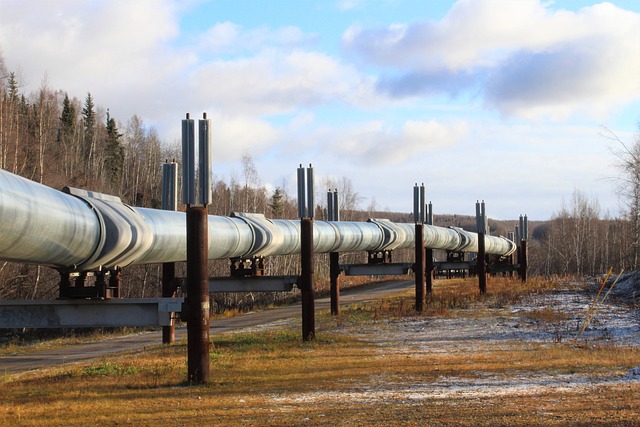
Nevertheless, the vast majority of active pipelines are for gas and are not well-suited for hydrogen.
Europe and North America have roughly 90% of the 4,300 kilometres of transmission lines dedicated to hydrogen. Although more projects are underway (around 30,300 km), they will not be ready until 2035.
And the world needs them now.
Modifying natural gas pipelines
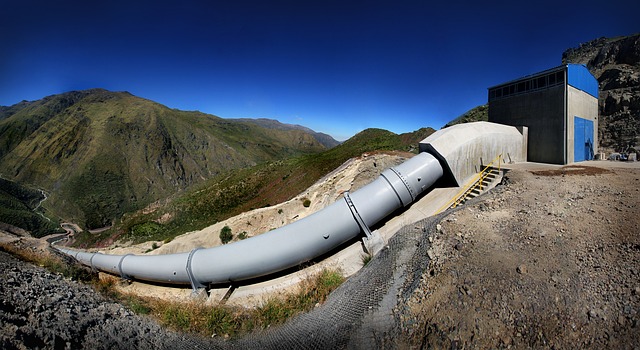
Recent studies have shown that adapting existing natural gas networks for hydrogen transport is four times more cost-effective than building new ones.
Repurposing natural gas pipelines addresses technical concerns, including hydrogen embrittlement of steel and welds, as well as permeation and leakage.
Hydrogen embrittlement is a process in which tiny hydrogen molecules permeate the material in pipes, dissociate on metal surfaces, and dissolve into the metal lattice, changing the mechanical response of the alloy. This can lead to fatigue, fractures, and leaks.
This situation poses a challenge to the in-place natural gas pipelines.
To prevent this, coating, sleeves, and casing of materials with the right resistance to hydrogen embrittlement are crucial.
One solution is Reinforced Thermoplastic Pipes (RTP) which are longer and roughly 20% cheaper than steel tubes.
The UK is well-positioned for a gas-to-hydrogen transition since 62.5% of its distribution network has already been upgraded with polyethylene placed into the iron pipe. And by 2032, 90% of the grid will use it.
What would happen if hydrogen leaked from pipelines?
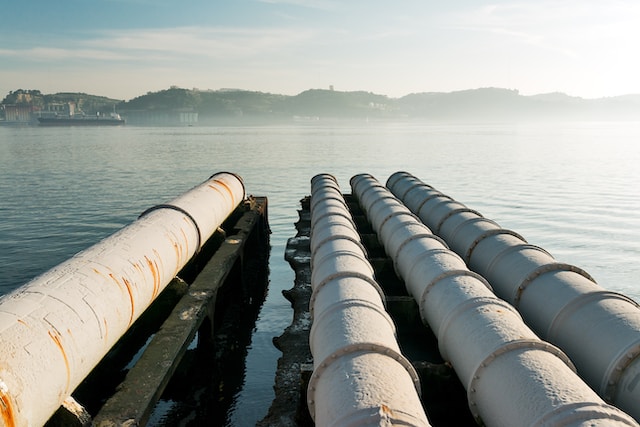
Apart from the financial implications, it poses environmental threats.
Researchers at Princeton University and the National Oceanic and Atmospheric Association explained that if large quantities of hydrogen freely escaped, it would create a chemical reaction in the lower atmosphere that could restrict the potential of hydrogen as a clean fuel.
The problem boils down to a tiny, difficult-to-measure molecule known as the “hydroxyl radical” (OH) – nicknamed “the detergent of the troposphere.” It eliminates greenhouse gases such as methane and ozone from the atmosphere.
But this radical also reacts with hydrogen. So, any surge in hydrogen emissions means that more OH will break down hydrogen instead of focusing on disintegrating methane.
As a consequence, methane would linger in the air, extending its warming impacts.
Amilcare Porporato, Professor of Civil and Environmental Engineering, said that if more than 9% of the green hydrogen produced leaked into the atmosphere – whether from production, transport, or anywhere along the value chain – atmospheric methane would increase over the next few decades, cancelling the benefits of switching away from fossil fuels.
At the same time, Matteo Bertagni, researcher at the High Meadows Environmental Institute, explained, “If you have just a small amount of methane leakage and a bit of hydrogen leakage, then the hydrogen that you produce really might not be much better than using fossil fuels.”
Apart from minimising emissions from production, it is also key to limit loss during transport.
The idea of shifting to hydrogen is to move away from coal, oil, and gas, not to cause new environmental problems.
Europe is leading the pack

Europe is focused on building and strengthening the infrastructure to distribute hydrogen to demand centres.
According to Rystad Energy, Germany, France, and Spain are committed to assembling cross-border pipelines to facilitate energy flows.
For that, the European Hydrogen Backbone (EHB), a group of 31 gas transmission system operators, has published a paper for the upcoming hydrogen pipeline infrastructure within the bloc based on an analysis of the existing grid and future natural gas and hydrogen market developments.
The plan targets completing 28,000 km in 2030 and 53,000 km by 2040.
Spain, France, Portugal, and Germany
Spain’s Enagas, Portugal’s REN, and France’s GRT and Terega announced the construction of the “H2Med Barcelona-Marseille” subsea hydrogen pipeline, worth around $2.1bn and spanning 450 kilometres.
AquaDuctus, Germany’s first offshore project, will pump green hydrogen from wind facilities in the North Sea through a 400-kilometre line.
Greece
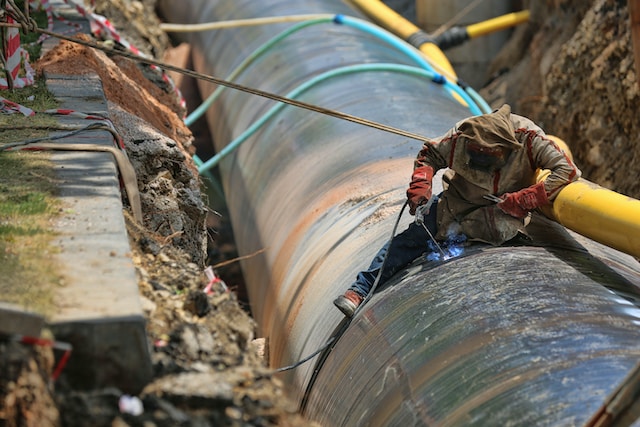
Earlier this year, Greece began laying down a pipeline called “The West Macedonia”, an EHB initiative operated by the Greek DESFA.
Designed to carry hydrogen without risk, this large-diameter line can work at high pressures through high-strength steel.
The current gas network is to be repurposed to complement the grid needed for hydrogen in the next decade. As stated by EHB, the current system is 40% ready, and the remaining 60% will be adapted by 2040.
Conclusion
Moving to a hydrogen-based economy is a significant step in the global effort to combat climate change. Repurposing current natural gas pipelines, apart from offering a new lease of life, presents a cost-effective solution to overcome the challenges of hydrogen transport and distribution.
This can expedite the development of a robust network focused on clean energy.
However, it is crucial to address the issues of hydrogen leakage and embrittlement to fully realise all the environmental benefits of this transition. Otherwise, we would be trading one problem for another.


